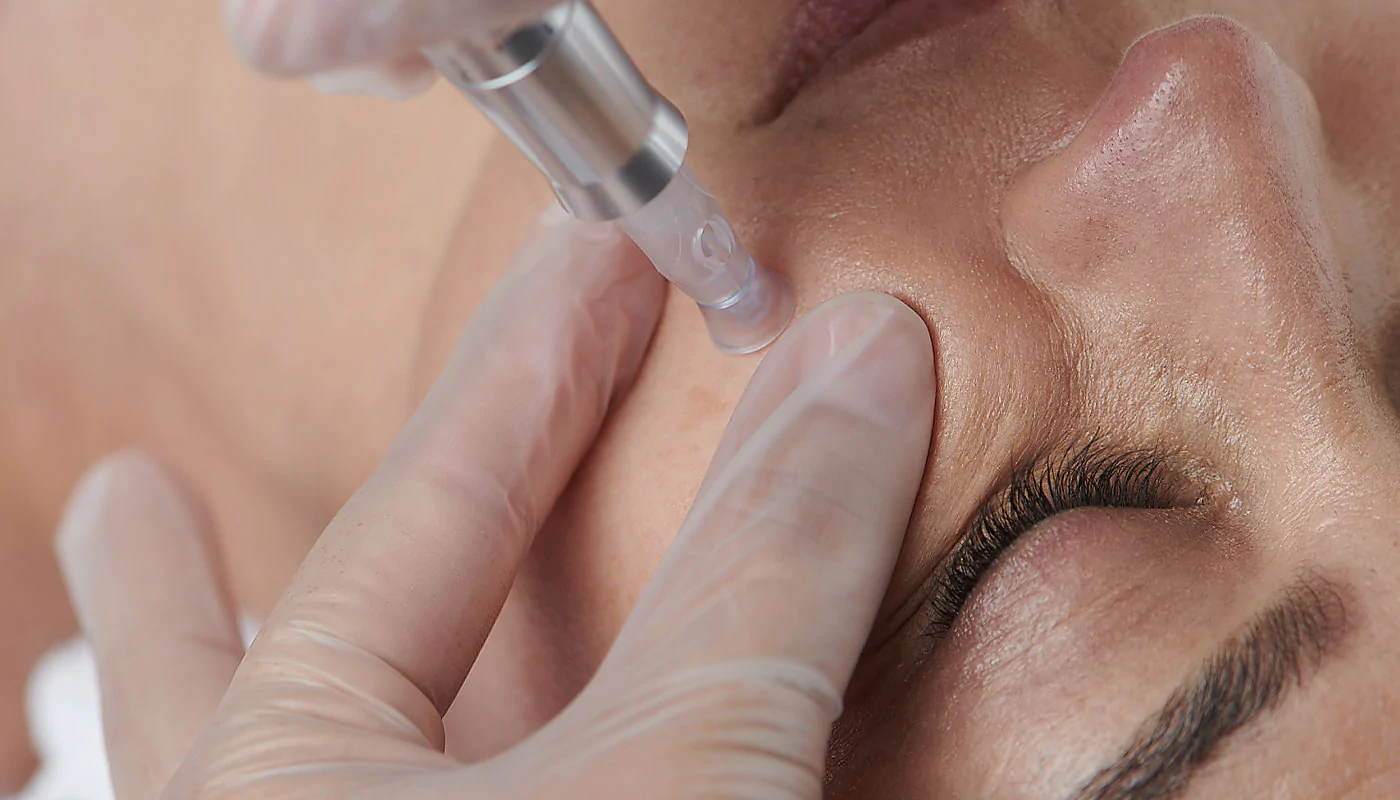What is the Difference Between Mesotherapy and Microneedling?
Mesotherapy and microneedling are two popular non-surgical treatments that are used to improve the appearance of the skin. While these treatments share some similarities, they are actually quite different from each other and have their own unique benefits and drawbacks.
What is Mesotherapy?
Mesotherapy is a minimally invasive treatment that involves injecting a specialized cocktail of vitamins, minerals, and other active ingredients into the middle layer of the skin, known as the mesoderm. The goal of mesotherapy is to improve the overall health and appearance of the skin by delivering a targeted dose of nutrients and antioxidants directly to the area that needs them most.
What is Microneedling?
Microneedling, on the other hand, is a treatment that involves creating tiny punctures in the skin using a device called a dermaroller. The dermaroller is equipped with a number of small, fine needles that are used to create microscopic wounds in the skin. These wounds stimulate the production of collagen and elastin, which are the proteins that give the skin its elasticity and strength.
Microneedling v Mesotherapy
One of the main differences between mesotherapy and microneedling is the depth at which they affect the skin. Mesotherapy injections are delivered to the mesoderm, which is the middle layer of the skin, while microneedling affects the uppermost layer of the skin, known as the epidermis.
This difference in depth means that mesotherapy is better suited for addressing issues that affect the deeper layers of the skin, such as fine lines and wrinkles, sagging skin, and uneven skin tone. Microneedling, on the other hand, is better suited for addressing issues that affect the surface of the skin, such as acne scars, hyperpigmentation, and uneven texture.
Another difference between mesotherapy and microneedling is the type of results they can produce. Mesotherapy is known for its ability to improve the overall health and appearance of the skin, resulting in a more youthful and radiant complexion. Microneedling, on the other hand, is known for its ability to improve the texture of the skin, resulting in a smoother and more even-looking complexion.
One of the main advantages of mesotherapy is that it is relatively quick and painless. The injections are delivered using a very fine needle, so most people experience little to no discomfort during the treatment. In addition, mesotherapy treatments typically take less than an hour to complete, making them a convenient option for those with busy schedules.
The main disadvantage of mesotherapy is that it can be quite expensive. The cost of treatment can vary depending on the specific cocktail of ingredients used, the number of treatments required, and other factors, but it is generally more expensive than microneedling.
Microneedling is also a quick and relatively painless treatment, but it can be somewhat more uncomfortable than mesotherapy. The needles used in the treatment can cause a slight prickling sensation, but most people find it to be tolerable. In addition, the treatment can take a bit longer to complete than mesotherapy, depending on the size of the area being treated.
One of the main advantages of microneedling is that it is generally less expensive than mesotherapy. The cost of treatment can vary depending on the specific device used and other factors, but it is generally more affordable than mesotherapy.
The main disadvantage of microneedling is that it requires some downtime after treatment. The microscopic wounds created by the needles can cause redness, swelling, and bruising, which can last for several days. This can make it difficult for some people to return to their normal activities immediately.
Microneedling also has the potential to cause side effects, such as infection, scarring, and hyperpigmentation. These side effects are generally rare, but they can occur, especially if the treatment is not performed properly.
Overall, mesotherapy and microneedling are both effective treatments for improving the appearance of the skin. While they share some similarities, they are also quite different from each other and have their own unique benefits and drawbacks. Both treatments can produce excellent results, but the specific one that is right for you will depend on your individual needs and goals.

